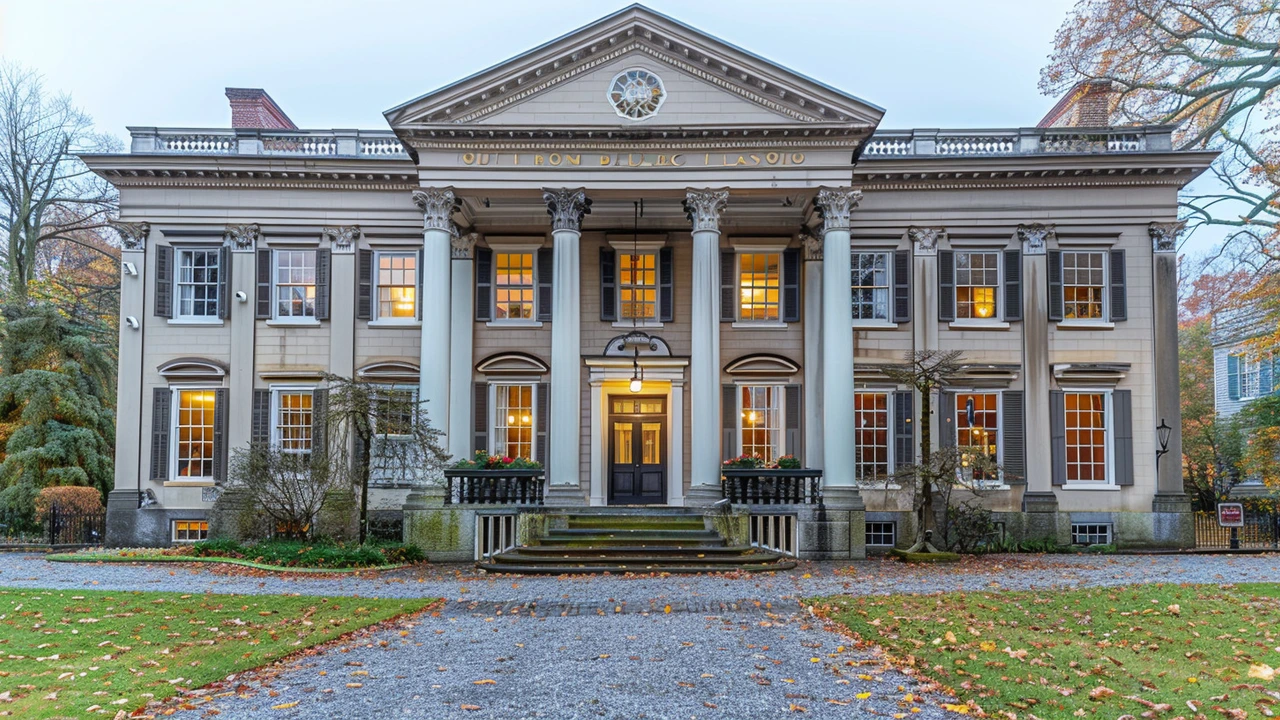American Heritage: How U.S. Architecture Keeps the Past Alive
American heritage shows up in porches, columns, and rooflines more than you might notice. From simple colonial homes to ornate Beaux-Arts civic buildings, these styles tell stories about who lived where and why. This tag collects posts that help you spot those stories, understand the design choices, and use them when you renovate or just walk a neighborhood.
Want a quick tour? Check pieces on Colonial Architecture for symmetry and central chimneys, American Craftsman Design for hand-built details and woodwork, and Greek Revival for big columns and temple-like facades. We also look at revival styles—Dutch Colonial Revival, Renaissance Revival, and Beaux-Arts—because they keep coming back in new ways.
Spotting American heritage in buildings
Look for three simple clues: roof shape, entryway, and ornament. A gambrel roof usually points to Dutch Colonial Revival. A centered door with balanced windows often means Colonial influence. Wide eaves with exposed rafters and built-in woodwork are classic Craftsman signs. These visual shortcuts save time when you’re touring a street or browsing photos.
Public buildings tell other stories. Big stone columns, grand staircases, and carved details often mean Beaux-Arts or Greek Revival. They were designed to show power and civic pride. If you see mosaics, domes, or soaring vaulted spaces, you’re likely looking at Byzantine or Renaissance echoes adapted for American use.
Practical tips: renovate and preserve
If you own a historic home, start with maintenance: keep roofs, gutters, and foundations in good shape to avoid big repairs. When upgrading, match materials where possible—wood for wood, brick for brick—and keep original trim and hardware when you can. For energy upgrades, insulate behind trim and use storm windows that fit inside historic frames to preserve sash and appearance.
Thinking of mixing old and new? Use contrast, not imitation. Keep a historic silhouette but let contemporary additions read clearly as modern. That keeps heritage readable and prevents a fake-past look. For larger projects, bring in a preservation specialist or an architect familiar with historic styles—small choices like moldings and paint colors add up fast.
Want to learn more? Our posts dig deeper into styles and real-life examples—Ancient influences, revival movements, and how cities reuse grand old buildings. Whether you love small-town Colonial cottages or grand Beaux-Arts stations, this tag bundles practical advice, clear spotting guides, and restoration tips so you can enjoy American heritage with confidence.

Exploring Federal Architecture: Timeless Designs in Modern America
This article delves into the enduring charm and significance of Federal architecture. It explores the origin and development of this style, primarily during America's early years. Readers will gain insights into the defining characteristics of Federal architecture, see its influence on modern designs, and discover notable examples that stand today. The piece also offers practical advice on how to recognize and appreciate the nuances of this architectural style.
Read more
Exploring Federal Architecture: A Showcase of American Design Excellence
Federal architecture stands as a profound exhibit of American history and design principles, embodying an era that significantly shaped the nation's identity. This article delves into the essence of Federal architecture, tracing its origins, key characteristics, and lasting influence on modern building design. It highlights the architectural mastery of the Federal period, exploring the underlying symbolism, and the enduring appeal of its structures. Through examining iconic examples and offering insights into preserving these historic edifices, the article serves as a comprehensive guide to understanding and appreciating the grandeur and sophistication of Federal architecture.
Read more